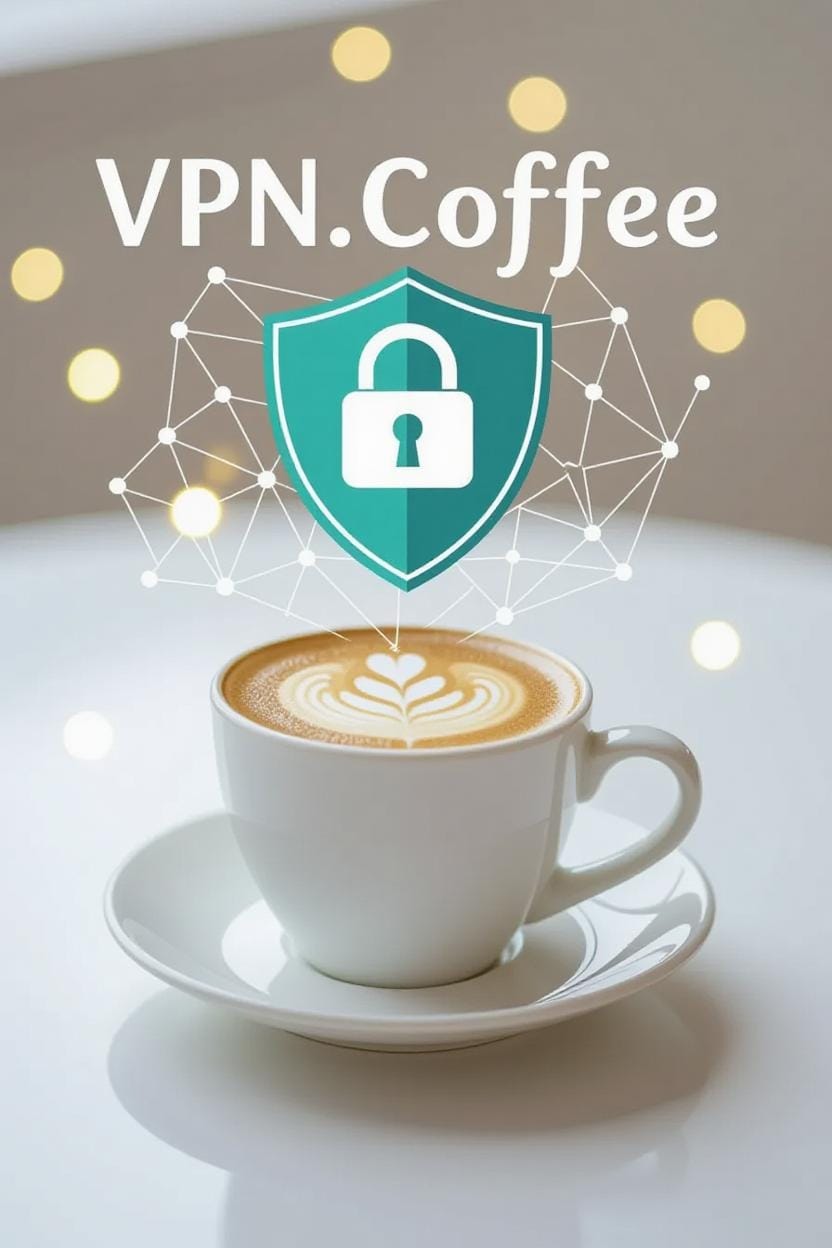An eavesdropping attack, also known as a sniffing or snooping attack, occurs when a malicious actor intercepts private communications to steal sensitive information. These attacks target data transmitted over networks, such as emails, passwords, or financial details, posing serious risks to personal and business security. This article explains what eavesdropping attacks are, how they work, their consequences, and practical steps to safeguard your data.
Understanding Eavesdropping Attacks
Eavesdropping attacks involve unauthorized monitoring of digital communications, such as emails, instant messages, or web browsing activity, without the knowledge of the involved parties. Attackers exploit unsecured networks or vulnerabilities to capture data in transit. Common targets include:
- Login credentials (e.g., usernames and passwords)
- Financial information (e.g., credit card numbers, bank details)
- Personal communications (e.g., emails, text messages)
- Confidential business data (e.g., trade secrets, client information)
How Eavesdropping Attacks Work
Attackers use various techniques to intercept data, often exploiting weaknesses in network security. The most common methods include:
| Method | Description |
|---|---|
| Packet Sniffing | Attackers use software to capture data packets traveling across a network, analyzing them for sensitive information. |
| Man-in-the-Middle (MitM) Attacks | Hackers insert themselves between two communicating parties, intercepting and potentially altering the data. |
| Unsecured Wi-Fi Networks | Public or poorly protected Wi-Fi networks allow attackers to monitor unencrypted data transmissions. |
| Malware | Malicious software installed on a victim’s device can record and transmit sensitive data to attackers. |
Risks and Consequences of Eavesdropping Attacks
Eavesdropping attacks can lead to severe consequences for individuals and organizations. The potential impacts include:
- Identity Theft: Stolen credentials can be used to impersonate victims, accessing accounts or committing fraud.
- Financial Loss: Intercepted financial details may result in unauthorized transactions or drained accounts.
- Data Exposure: Sensitive personal or business information may be leaked, leading to privacy violations.
- Reputational Harm: Businesses may lose customer trust or face legal consequences if client data is compromised.
How to Protect Against Eavesdropping Attacks
Preventing eavesdropping attacks requires proactive measures to secure your online communications. Here are effective strategies to reduce your risk:
- Use Encrypted Connections: Ensure websites use HTTPS, which encrypts data between your device and the server.
- Employ a VPN: A virtual private network encrypts your internet traffic, making it unreadable to eavesdroppers, especially on public Wi-Fi.
- Secure Your Wi-Fi Network: Use strong passwords and WPA3 encryption for your home or office Wi-Fi.
- Update Software Regularly: Keep your operating system, browsers, and apps updated to patch security vulnerabilities.
- Avoid Suspicious Links: Refrain from clicking links or downloading attachments from unknown or unsolicited sources, as they may install malware.
- Use End-to-End Encryption: Opt for messaging apps or email services that offer end-to-end encryption to protect your communications.
What to Do If You Suspect an Eavesdropping Attack
If you believe your communications have been intercepted, take immediate action to limit damage:
- Change passwords for all affected accounts, using strong, unique combinations.
- Scan your device for malware using reputable antivirus software.
- Monitor financial accounts for unauthorized transactions and report suspicious activity to your bank.
- Contact service providers or organizations involved to report the breach and secure your accounts.
- Enable two-factor authentication (2FA) to add an extra layer of security.
Conclusion
Eavesdropping attacks are a growing threat in the digital age, exploiting unsecured networks and vulnerabilities to steal sensitive information. By understanding how these attacks work and implementing robust security practices, such as using a VPN, encryption, and strong passwords, you can significantly reduce your risk. Stay proactive, keep your systems updated, and act swiftly if you suspect a breach to protect your online privacy and security.

